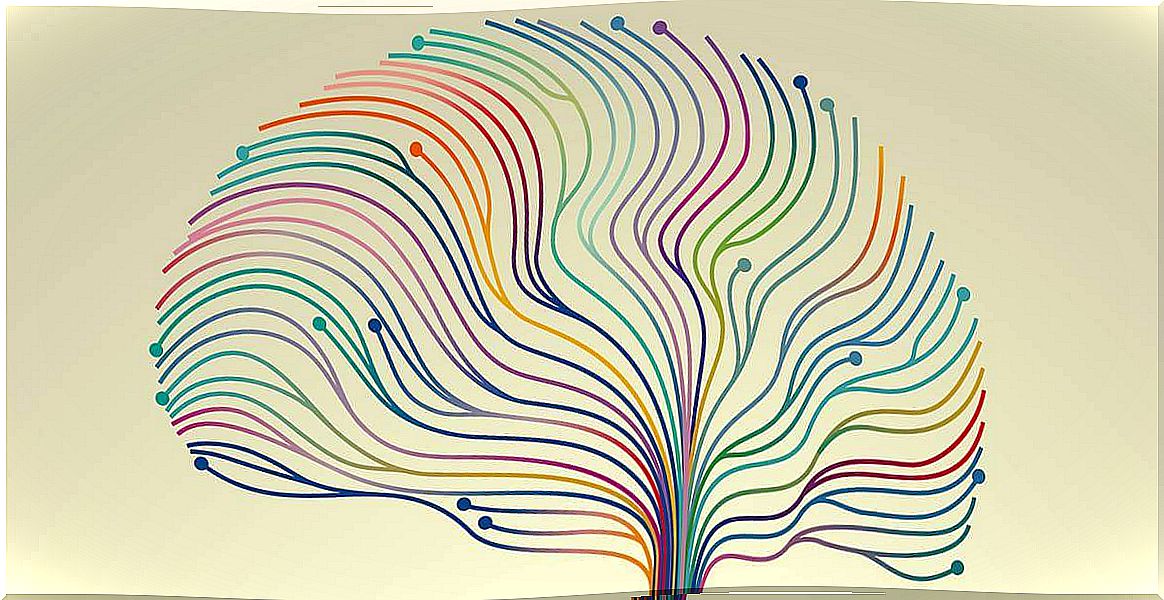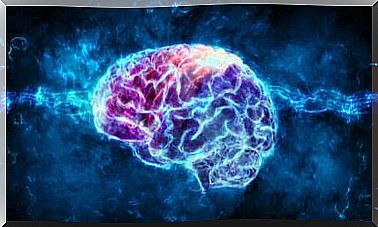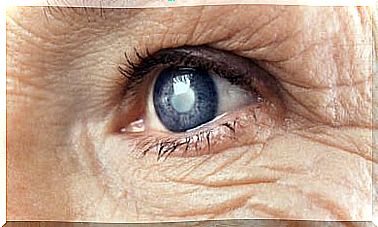Neuropeptides What Are They?

If you ask us what neuropeptides are, we can give a simple answer: they are protein substances produced and released by neurons. Its purpose is to act on neural substrates to influence a multitude of processes. This is when things get complicated and this is where a fascinating topic opens up that has the entire scientific community on edge.
One of the first people to discover the great potential and versatility of neuropeptides was Dr. Candance B. Peert, an American neuroscientist and pharmacologist who became a serious candidate for the Nobel Prize. To her we owe such fascinating and decisive books as Molecules of emotion or her more than 250 publications delving into the aspects of neuropeptides and their functions.
An example. Something that Dr. Peert left on the table in her work is that these small pieces of protein and their receptors would be, neither more nor less, than the biological foundation of our consciousness. Its action is manifested by mediating our emotions, in our way of processing the world and of developing ourselves in it.
This is an interesting topic worth learning about.

Neuropeptides: what they are and what they do for us
Before delving into the understanding of these substances, we must clarify a detail. It is important to differentiate what is a peptide from a neuropeptide. Both are protein molecules (made up of chains of amino acids) and can also act as hormones. Well, in the case of the latter, it should be noted that their particularity is that they are synthesized and used exclusively by neurons. In addition, they act both at the level of the central nervous system and outside it.
Today, science has described about 100 neuropeptides; however, we know that we still need to identify about 1,000. Likewise, we also know their mechanism of action. Once they are processed and released in the brain, they bind to very specific receptors (known as G), managing to modulate synapses (communication between neurons) by generating a series of reactions.
These deep reactions in nerve cells seek to produce a series of specific processes and activities, depending on the type of neuropeptide that is modulating that receptor. Dr. Candance Peert defines it more simply: the receptor would be a button and the neuropeptide the finger that presses it so that it begins to work when and as he decides.
On the other hand, it is important to know that we can find five types of neuropeptides according to their functionality:
- Hypothalamic-releasing neuropeptides.
- Neuropeptides of the pituitary gland (such as oxytocin or prolactin).
- Neuropeptides of the digestive system (such as substance P that regulates the sensation of pain).
- Eclectic group (endorphins, enkephalins …)
Let us therefore see some processes in which they are involved.
Learning and memory
Learning cannot be understood without the ability to memorize or remember. These processes could not be carried out without the activity of neural circuits and the ability to retrieve acquired information. This type of substances participate in all this: neuropeptides.
There are numerous neuropeptides that act by promoting the connection between neurons to settle memory. One of them is relaxin-3, which regulates and facilitates short-term memory. We now know, in fact, that when this neuropeptide is overexcited, we lose ability in spatial memory. In fact, an alteration in this neuropeptide is a clear symptom of Alzheimer’s.
Likewise, these small proteins act as messengers so that hormones and neurotransmitters are released in order to establish knowledge, awaken skills and shape the brain based on our learning.
Regulation of food and drink intake
Food intake consists of three very specific phases: the cephalic phase, the gastrointestinal phase and the substrate. In each process, neuropeptides activate everything from smell to the production of acetylcholine so that it stimulates the release of insulin from the pancreas to start the digestive process.
In addition, it facilitates the activation of taste receptors and even the classic sensation of pleasure or satisfaction when eating, by stimulating different areas of the brain stem.
Pain control
The regulation of pain is found in the primary sensory neurons, located in the sensory ganglia of the dorsal root. They are the ones that release numerous neuropeptides such as substance P, somatostatin or dynorphin throughout the spinal cord … All of them act as agents that activate pain to warn us that there is a problem.

Neuropeptides, Emotions, and Consciousness
Every time we get excited, frustrated, inspired or scared, neuropeptides are behind us acting as messengers. They do this by traveling through the body, depositing small amounts of chemicals in our cells. In this way, they trigger changes, facilitating the release of serotonin, dopamine, endorphins and even cortisol that mediates stress and anxiety.
Dr. Candance Peert insisted on the following: neuropeptides are the basic substrates of emotion. When these are released we experience changes, sensations, emotions that change our thoughts and that make us initiate certain behaviors … They are an indisputable piece in everything we are, they build who we are and, therefore, also shape our consciousness.
Thus, and almost by way of irony, but also revelation, many scientists comment that God would be a neuropeptide. The hand capable of articulating what to feel and what to do at all times. We are sure that in the coming years we will know much more about these tiny protein substances.









